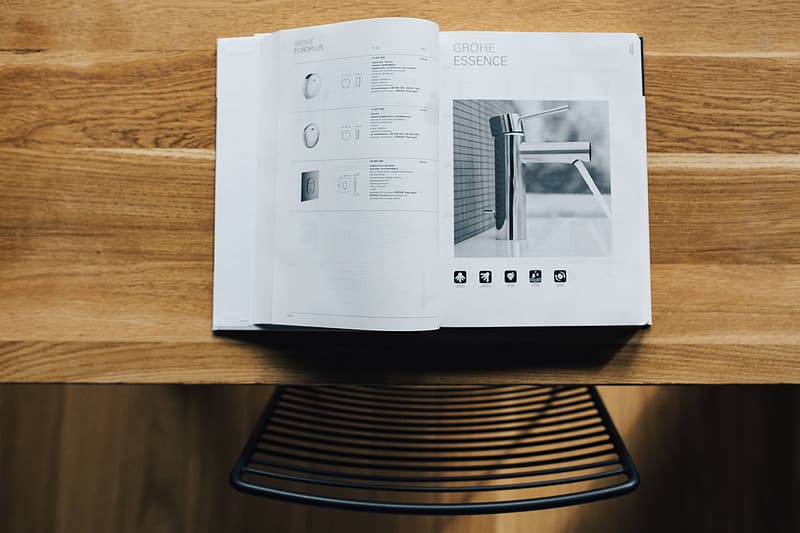
Digital technology has infiltrated every aspect of our lives, from our phones to our cars to our refrigerators. From a marketing perspective, this influx of technology has made it easier to automate and personalize communications at scale. Emails, digital ads, and even in-store interactions all have the ability to be more personal and engaging.
But what about catalogs? There is a lot of money and effort that goes into catalogs, but they still use the same technology and measurement they did in the 90s. RFM, keycodes and mailing lists of prospects are still the staples of catalog marketing. With all this technology, how can catalogs become more personalized, more engaging?
A typical retailer that uses catalogs probably sends a book 5 times a year (Spring, Summer, Fall, Holiday 1 and Holiday 2) and publishes 9 books: Men’s and Women’s Spring, Men’s and Women’s Summer, Men’s and Women’s Fall, Men’s and Women’s Holiday 1, and a generic Holiday book. With that workload, it’s nearly impossible (and expensive!) to create millions of books for individual customers.
So how can you use the technology and data that you’ve collected about your customers to personalize the catalog experience? Below are three ways to personalize portions of the catalog:
- Marry the cover to a customer’s lifecycle stage – Create different copy that relates to a lifecycle stage. For example, a Prospect’s cover could say “Introducing our Fall Collection!” while a Best Customer’s could say “New Fall Styles Year After Year!” Then, use a customer profile to match customers up to the correct cover, personalizing their experience in that way.
- Blow-in with product recommendations – A blow-in is an additional sheet of paper that can be inserted anywhere into the catalog. It’s not attached to the catalog itself, rather, it’s inserted after the binding has been complete. One way to personalize this blow-in is to add personalized product recommendations. Use the same algorithm for product recommendations in emails, and only select products from the catalog. Include the page the products are on so customers can easily look them up.
- EXPENSIVE AND POOR QUALITY Dynamic printing – You can place a paragraph of copy on the back of the title page that is dynamic and calls out preferences, lifecycle stage, or any other personalization. An example for a Best Customer who has only purchased women’s shoes could say:
- Postcards and self-mailers
“Dear Annabeth,
I’d like to thank you for your continued loyalty to Great North. We really
appreciate your loyalty over the last 4 years. If you have any issues with
your catalog, you can reach me directly at ngodfrey@customerportfolios.com.
Have a wonderful holiday!
Best,
Nick Godfrey
- Women’s shoes can be found on page 12 of your catalog!”
This paragraph pulls in different messaging for lifecycle and product recommendations, making it feel personal without having to create a catalog just for her.
Between pricing, lead time, and a “this is a way we’ve always done it” mentality, creating personalized catalogs seems like an almost impossible burden to bear. However, with the right analytics and a little extra effort, we can bring catalogs up to speed with the rest of the personalized, relevant customer journey.



